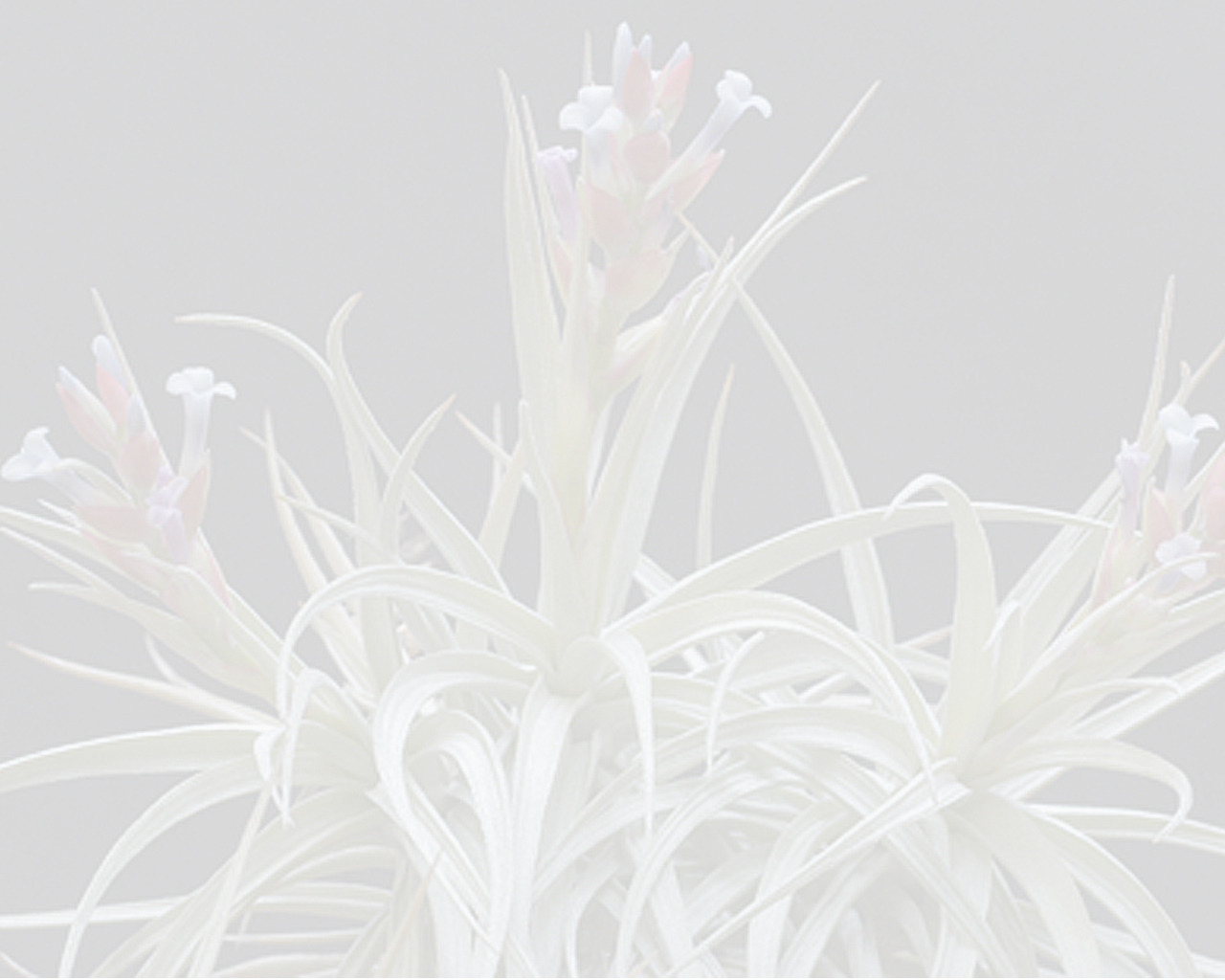


plant stemless, flowering 3–6 dm high. leaves 10–15 in a rosette, 15–20 cm long, finely lepidote; sheath distinct, elliptic; blade ligulate, rounded and apiculate, 20 mm wide, purple-spotted. inflorescence: peduncle erect, slender, equaling or exceeding the leaves; peduncle bracts imbricate, lance-elliptic, acute, densely and finely lepidote, the lower ones purple-spotted; fertile part mostly digitate from 2–4 subequal spikes or rarely simple; axes straight or slightly undulate, tomentellous-lepidote; primary bracts like the peduncle-bracts, scarcely larger than the floral bracts; spikes sessile, suberect to spreading, oblong, strongly complanate, to nearly 20 cm long, 6 cm wide, lax, to 36-flowered; rachis slender, merely angled; floral bracts about 5 times as long as the internodes but spreading and not contiguous nor covering any of the rachis, 7 mm apart, broadly ovate, acute, 30 mm long, 16 mm wide, exceeding the sepals, carinate and incurved toward apex, glabrous except for a lepidote median line, thin, bright red, finely nerved. flowers sessile; sepals sublanceolate, acute, 22 mm long, 7 mm wide, ecarinate, coriaceous, nearly even, reddish; petals white, the blades spreading, broad, rounded, 6 mm long. stamens deeply included, equaling the pistil. fruits slenderly prismatic, over 32 mm long.Edited from (24-08-2012): Smith & Downs 1977. Tillandsioideae (Bromeliaceae). in Flora Neotropica.